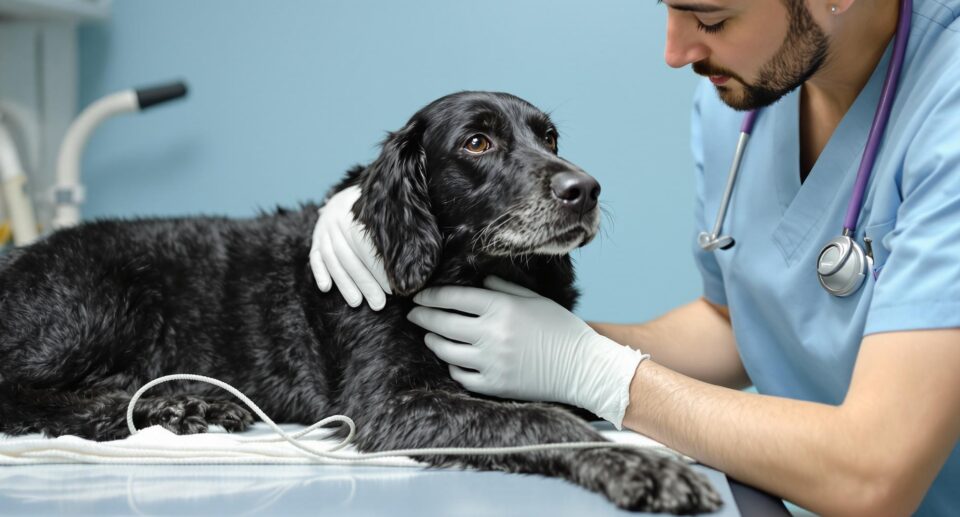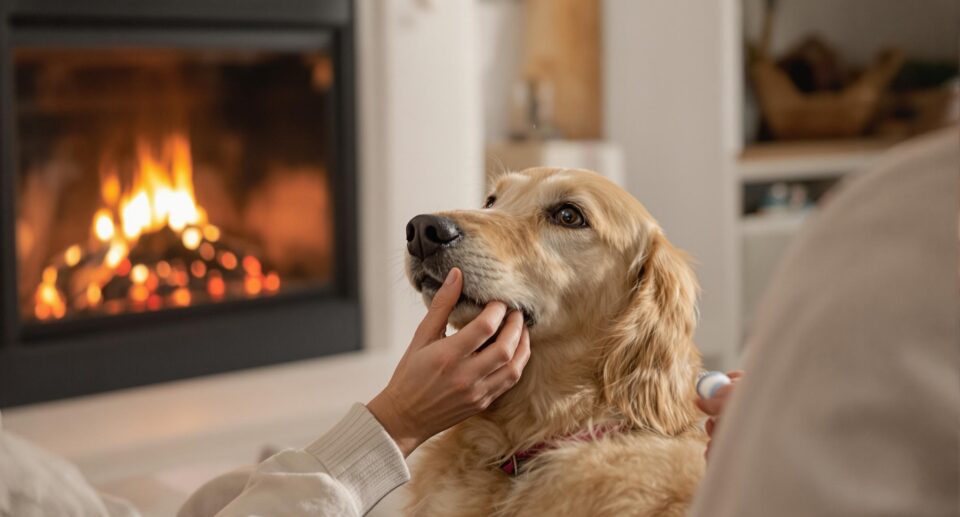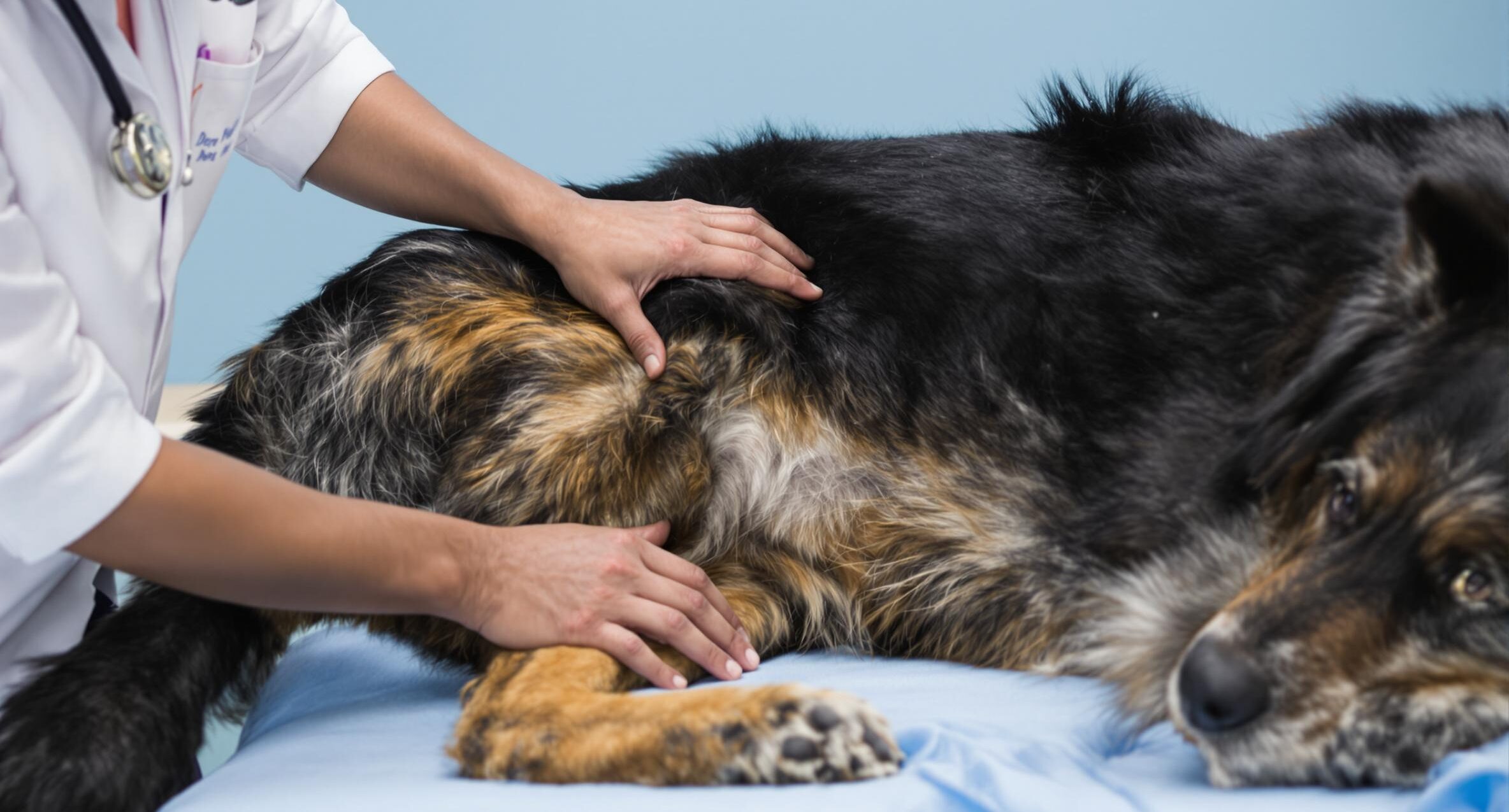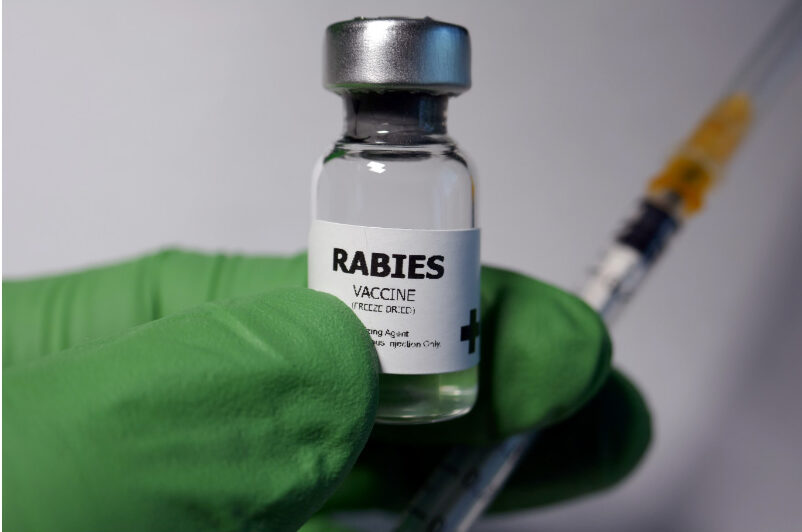Does Poison Ivy Affect Dogs?
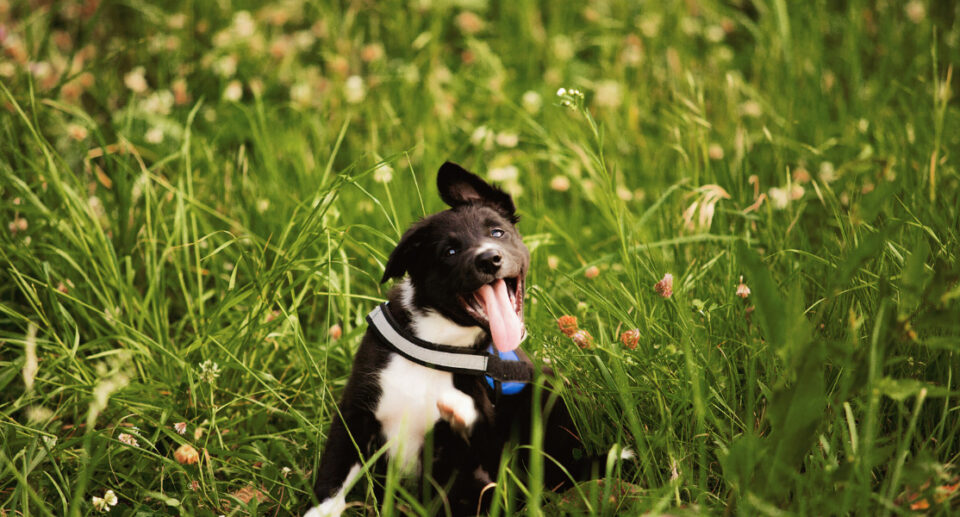
You’ve probably heard the adage, “leaves of three, let it be!” and you may even have had an itchy, blistery rash after brushing up against the wrong plant.
But can poison ivy, sumac, and poison oak affect your cat or dog? While pets are less likely to experience direct skin exposure thanks to their fur coat, yes, they can get a mild rash from poisonous plants. Learn what to watch out for if your pet is exposed to poison ivy, oak, or sumac, and what to do to stop the itch.
Why Do Poison Ivy, Poison Oak, and Sumac Cause Itching?
The leaves, stems, and roots of poison oak, sumac, and poison ivy all contain urushiol oil, a mild irritant that causes an allergic reaction in about 85% of humans. An itchy rash may appear on areas of the skin that made direct contact with the oil, anywhere from 24 hours to 10 days later. Repeated exposure to any allergen, including urushiol oil, can cause increasingly more severe, faster-appearing reactions.
Though relatively uncommon, dogs and cats can experience a reaction to poison ivy and other poisonous plants on a hairless or sparsely covered part of their body. Pets may get a rash on their belly, ears, muzzle, paws, or hindquarters, particularly if they squat to relieve themselves on a patch of poison ivy.
What To Do If Your Pet Is Exposed To Poison Ivy
If you or your pet touch poison ivy, poison oak, or sumac, you have about ten minutes to wash off the poisonous oil before it can cause a skin reaction. Use pet shampoo or mild soapy water and take care not to scrub to avoid working the oil into the skin. Don’t forget to wash your pet’s collar, harness, and leash. Make sure to wear gloves while bathing your pet and their gear.
Urushiol oil that clings to the surface of your pet’s coat can remain there for hours, even days after an outing. In fact, the oil can remain active on some surfaces for years. Human family members that pet, play with, or snuggle a pet can experience a reaction from poisonous plant oils on their dog or cat’s coat.
Is Poison Ivy Toxic To Pets if Eaten?
If your pet eats any part of the sumac, poison oak, or poison ivy plant, they may experience mild gastric upset. Look out for vomiting, diarrhea, fever, and possibly a rash on their muzzle in the hours and days following exposure. If you notice any severe symptoms like fever, trouble breathing, facial swelling, or dehydration from severe vomiting or diarrhea, seek emergency veterinary care.
When Your Pet Has A Poison Ivy Rash
Within a few days of making contact with a poison ivy, oak, or sumac, you may notice red streaks or patches where your pet brushed up against the plant. Over the course of a week to ten days, the skin will develop itchy blisters.
To relieve the allergic reaction that causes itching, you can use an over-the-counter, made-for pets topical hydrocortisone cream and itch relief shampoo or spray. Excessive licking and scratching can lead to a secondary skin infection. A soft e-collar can keep your pet from licking or scratching the affected area while they recover.
You can expect your dog or cat to fully heal by the time two weeks has passed since the onset of the rash. If the rash worsens, appears infected, or does not go away, seek veterinary care.
Preventing Exposure To Poison Ivy
Poison ivy, poison oak, and sumac grow in most of the United States in sunlight or shade, in wetlands, woods, and fields, in parks, along hiking trails, in backyards, and sometimes even near busy roads.
Dogs and cats walk low to the ground, often sniffing around tree trunks, where poisonous plants tend to grow in vines or in shrubs. If you take your pet on hikes or live around wetlands or wooded areas, you can protect your pet by walking on trails, avoiding unkempt wooded areas, and learning to identify poisonous plants that are native to your region.
VISION
Every pet deserves to live a long, happy, healthy life.

